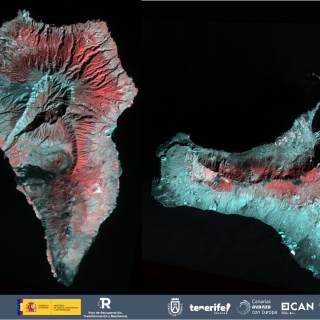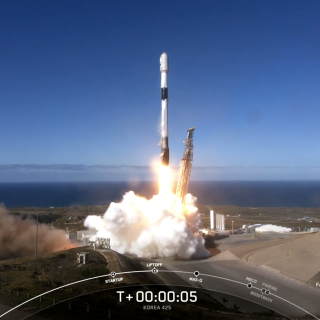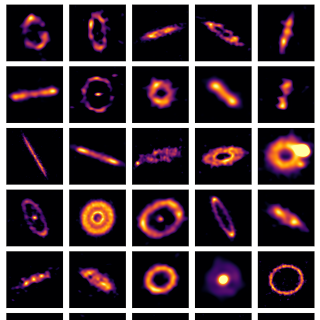During commissioning the Canary satellite ALISIO-1 proves its efficiency by observing phenomena in over 100 regions of the world
The first Canary satellite, led by the Instituto de Astrofísica de Canarias (IAC), ALISIO-1, (an acronym for Advanced Land-Imaging Satellite for Infrared Observations) was launched into space on December 1st 2023 from the Vandenberg Airforce Base in California, and in only a few months has completed the commissioning phase, the verification on orbit that all its systems are working correctly.
In this phase of verification the DRAGO-2 camera has been calibrated, and all the satellite’s capabilities have been tested (power supply, communication bandwidth, pointing accuracy etc.). This has included a set of infrared images with changes of pointing which have enabled a video to be produced of a fixed object. This test was carried out with the Mexican volcano Popacatépetl, which began to emit vapor and gas half way through February.
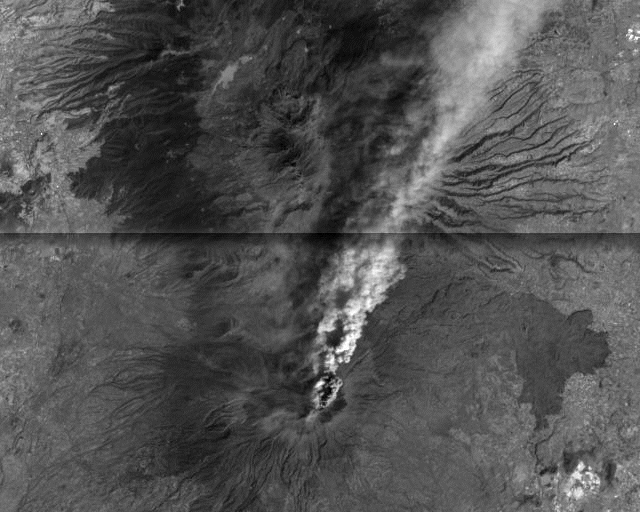
During this eruption the Canary satellite obtained high quality images which could be used to cover emergencies, and for scientific information about this type of events, which is especially relevant for a volcanic archipelago such as the Canaries. During the commissioning ALISIO-1 started to observe areas affected by the drought in the south of the Iberian Peninsula, and has measured the relative humidity in some of the Canary Islands.
ALISIO-1 is an Earth observation satellite whose development has been led by the team from IACTEC-Space of the IAC. It contains two instruments of recent development. The first is DRAGO-2, the most compact infrared space camera in existence, in terms of weight, volumen, and enegy consumption, developed entirely within IACTEC-Space. It is also the first Spanish satellite to use an optical communications module, using a laser to transmit its data to the ground at high velocity.

The Principal Investigator on the project, Álex Oscoz, states that after completing its commissioning phase “we have shown that ALISIO-1 represents a new generation of instruments which allow us to reach high precision and quality of the results at a very low price and with a very small size, which puts the IAC as a very competitive centre of excellence in technology, in this case through its IACTEC-Space division.
Now that its commissioning phase is complete, ALISIO-1 will start a new phase, with full development of projects for monitoring the ground both in the Canary Islands and in other parts of the world. The team which is working on the project has been able to observe more than a hundred areas right round the planet in which the satellite could be an efficient instrument for the detection of data to follow and manage events of interest for the population in general.
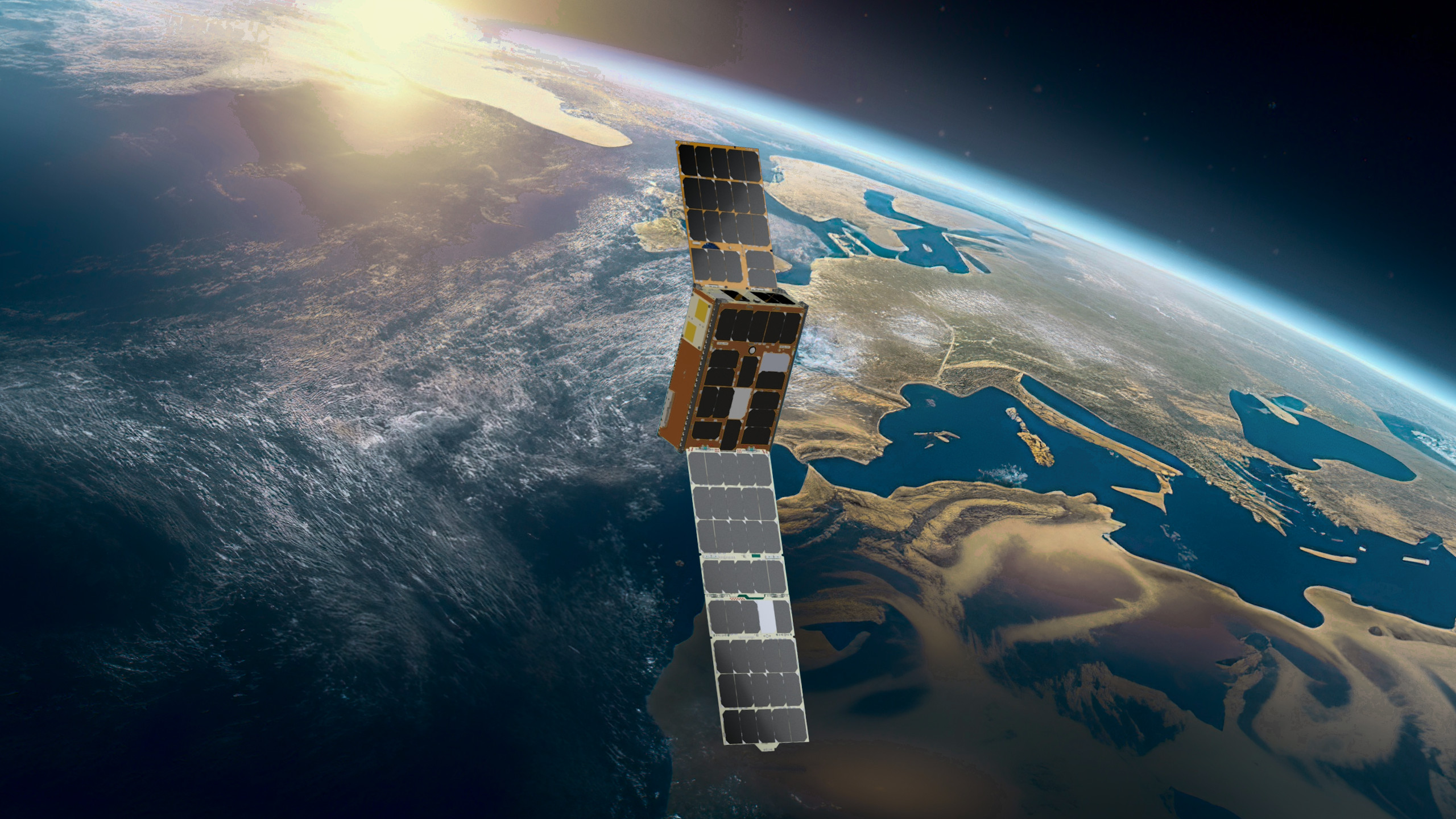
Among its missions the Canary satellite ALISIO-1 will be useful for designing plans for warning and activity when faced with natural catastrophes, because it permits the following of fires, floods, and volcanic eruptions virtually in real time. In addition it will be useful, given the precision and quality of its images, for questions such as oil spills at sea. It is also designed to study zones in risk of becoming deserts, and for studying the evolution of crops.
The success of ALISIO-1 opens the possibility of running a group of several satellites using its technology, taking images of a given site every day, or even every few hours, with the advantages this can give for monitoring natural catastrophes in the Canary Islands and elsewhere in the world.
It also lays the groundwork for other more complex mission in which the IAC is already working, such as VINIS a new instrument for surveying the ground which will observe in multiple bands in both the visible and infrared parts of the spectrum, and with a resolution of less than 5 metres per pixel, and IACSAT Astro-1 the first space telescope from the IAC which will be used to confirm new terrestrial-type planets outside the Solar System, and to study near-Earth asteroids.
In the development of the ALISIO-1 satellite, the IAC has collaborated closely with the company Open Cosmos, which has designed and manufactured the satellite platform, and is in charge of its commissioning and operation, always complying with the necessary requirements.
IACTEC-Space is a programme within IACTEC, the zone of technical and commercial collaboration of the IAC, which is financially supported by the Programme of Training under the TFINNOVA Programme of the Strategic Framework of Island Development (MEDI) and the Canary Development Fund (FDCAN), and whose infrastructure has received support (the IACTEC building) from the Island Cabildo of Tenerife. IACTEC-Space is funded by the Plan for Recovery, Transformation, and Resilience of the Spanish Government.
More information:
Contact at the IACTEC:
- Álex Oscoz: alex.oscoz@]iac.es

